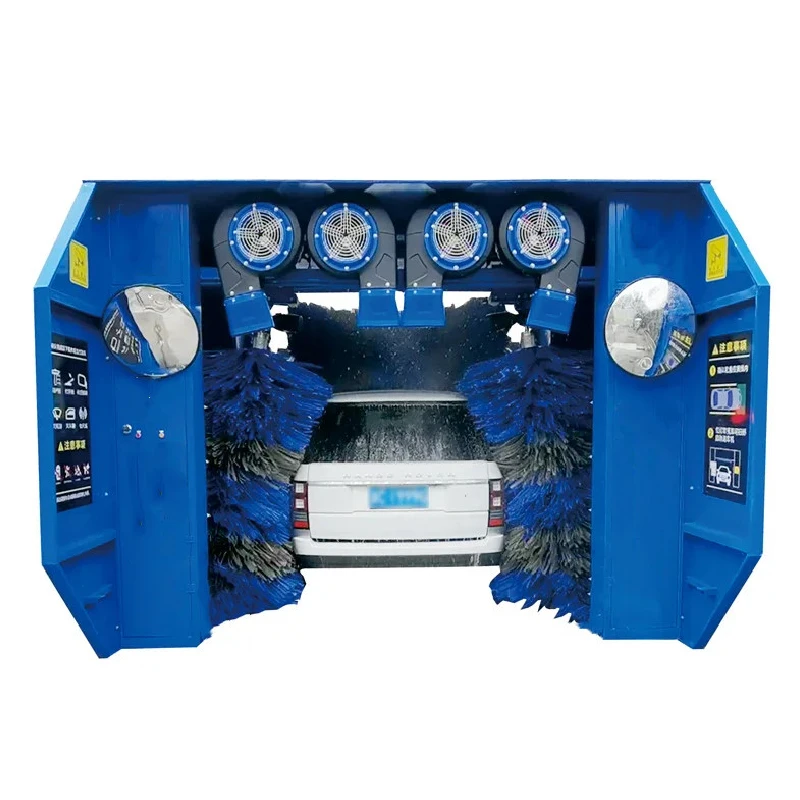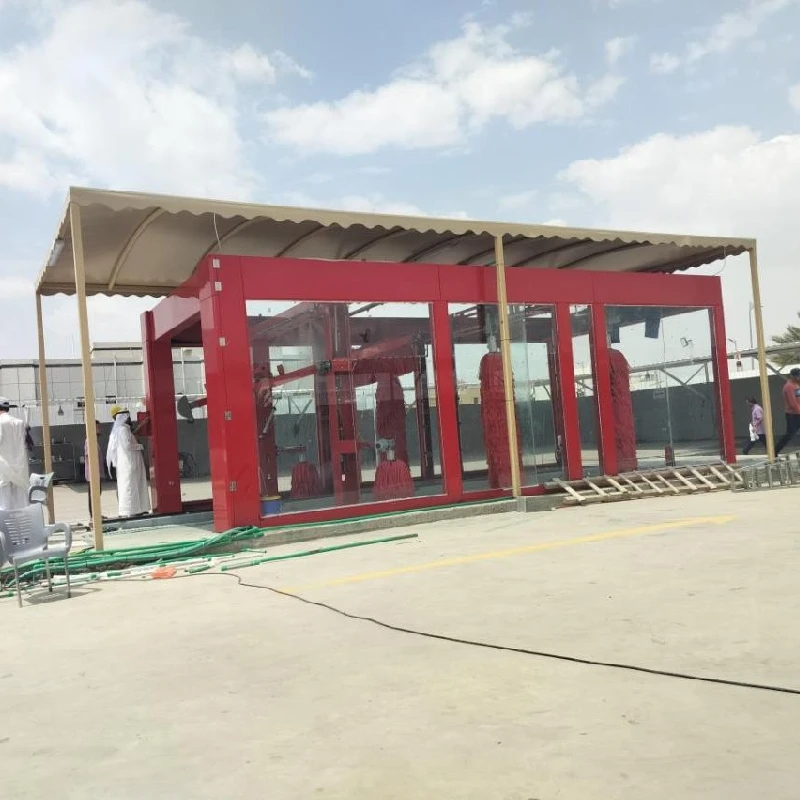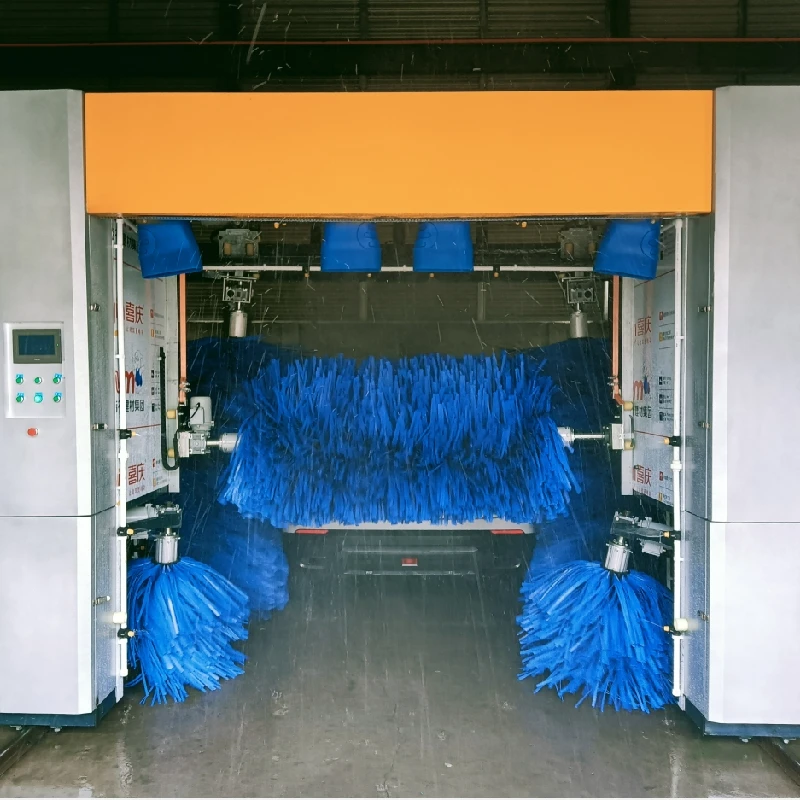Car Wash Equipment: Faster, Durable, Energy-Saving—Why Us?
Inside the Modern Gantry: A Field Look at Automatic Car Wash Machines
I spent a damp Tuesday morning walking the line in Xingtai, where the newest car wash equipment rolls off the floor. To be honest, the first impression is the sound: a steady hum of VFDs spooling up and blowers breathing out warm, fast air. This unit—branded as Automatic/Rolling/Gantry/Reciprocating—comes from Xingtai Dingyuan Energy Saving Technology Development Co., Ltd., and it leans into the idea that one machine can handle brushing, dosing, and air drying without drama.
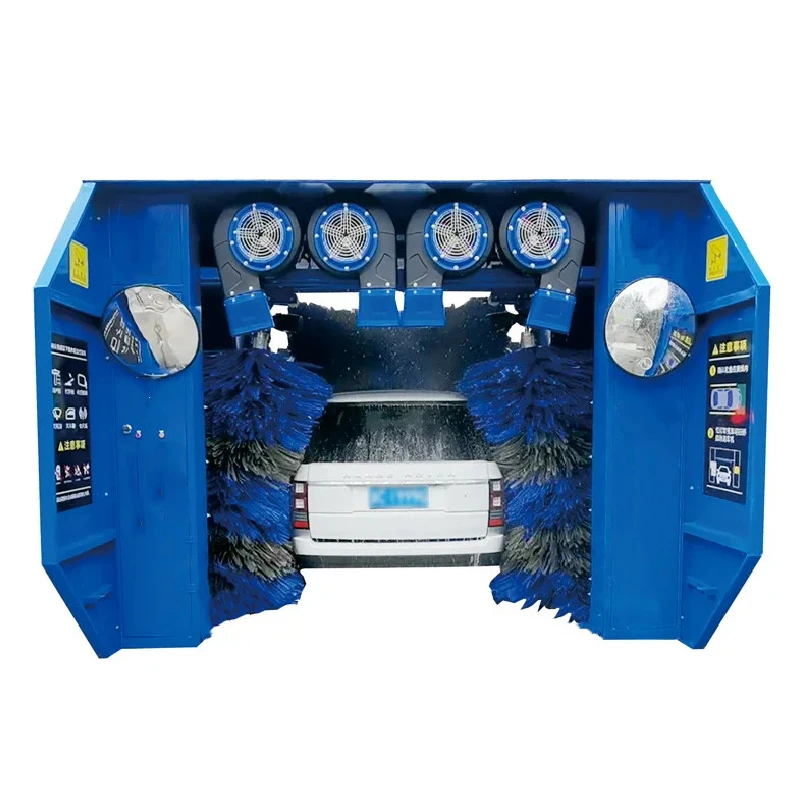
What’s changing in the wash bay
Market trends are nudging operators toward energy-aware blowers, water-reclaim loops, and remote diagnostics. In fact, many customers say uptime and phone-based alerts matter more than exotic foam colors. It seems that hybrid friction (soft brushes) plus targeted high-pressure still wins on real-world cleaning, especially for road film.
Product snapshot and specs
Origin: 27Retail Sales, East Of Fuxin Road, Qiaoxi Area, Xingtai, Hebei, China.
| Model | Automatic/Gantry/Reciprocating (air-dried) |
| Frame & rails | Galvanized steel + powder coat; SS304 fasteners |
| Brush system | PE/EVA foam, contour-following, low-noise bearings |
| Pumps | High-pressure ≈ 11–15 kW, VFD-controlled; flow 60–90 L/min |
| Water per vehicle | ≈ 90–130 L with reclaim; real-world use may vary |
| Drying | 4–6 blowers, ≈ 15–22 kW total, optional contouring nozzles |
| Throughput | 12–18 cars/hour (site layout dependent) |
| Controls | PLC + ultrasonic/photoelectric sensing; remote diagnostics ready |
| Certifications | Designed to support CE; quality system typically ISO 9001 |
| Service life | ≈ 8–10 years with scheduled maintenance |
How it works (materials, methods, tests)
Method: a reciprocating gantry traverses the vehicle. Steps: pre-soak, foam pass, dual brush passes, high-pressure rinse, spot-free (RO) option, then air drying. Materials: SS304 manifolds/nozzles, chemical-resistant hoses, EVA brush media. Electrical panels follow IEC 60204-1 principles; ingress protection typically targets IP54–IP65 per IEC 60529. Coated parts validated by salt-spray trials (ASTM B117 guidelines). Safety circuits can be configured to EN ISO 13849-1 PLd. I guess that’s more engineering than most buyers ask for, but it matters.
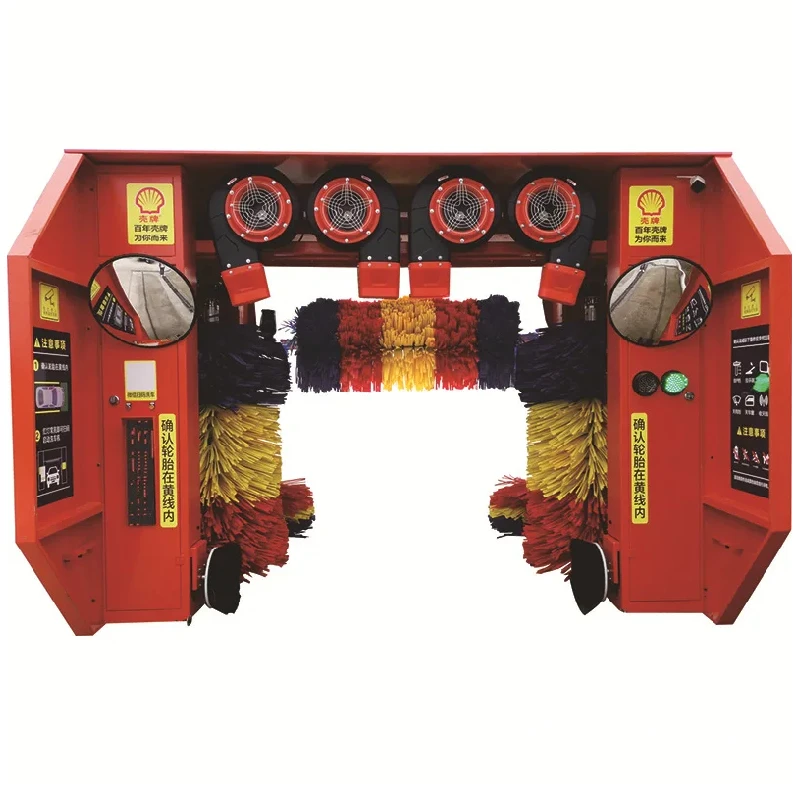
Where it fits
- Fuel stations and C-stores needing 12–18 CPH with tidy footprints.
- Dealerships and rental fleets chasing consistent finish and low swirl risk.
- Municipal/fleet depots—winter grime, quick return to service.
Operators tell me the drying package is surprisingly effective on mirrors and hatch lips—always the trouble spots with car wash equipment.
Vendor comparison at a glance
| Vendor | Tech | Drying Power | Water Reclaim | Remote Diagnostics | Lead Time |
|---|---|---|---|---|---|
| Xingtai Dingyuan | Gantry, friction + HP | ≈ 15–22 kW | Optional 65–80% recovery | Yes (PLC-based) | ≈ 6–10 weeks |
| Global Brand A (EU) | Gantry, hybrid | ≈ 18–24 kW | Optional | Yes | 8–14 weeks |
| Brand B (US) | Touchless/Hybrid | ≈ 16–26 kW | Optional | Yes | 10–16 weeks |
Customization and integrations
- Brush profiles (softness), foam colors, LED guidance, bay length.
- Cashless kiosks, RFID for memberships, POS/loyalty APIs.
- Chemistry packages tuned for hard water and winter road film.
Field results (quick case)
A mid-sized C-store chain piloted the unit on a windy coastal site. With reclaim enabled, average water use dropped from ≈ 170 L to ≈ 100 L per vehicle; average cycle time settled around 3.5 minutes. NPS comments called out “quiet blowers” and “less drip” on SUVs. Not perfect, but for car wash equipment in salty air, that’s a decent scorecard.
Standards and QA checkpoints
Factory tests typically include electrical safety (IEC 60204-1 principles), ingress (IEC 60529, target IP54–IP65), corrosion checks (ASTM B117), and safety control validation toward EN ISO 13849-1. Documentation packs with CE conformity are available; North American deployments may require local approvals—worth confirming early.
References:
1) International Carwash Association, Industry Insights 2023–2024: https://www.carwash.org
2) IEC 60529: Degrees of protection (IP Code): https://www.iec.ch/standard/245
3) EN ISO 13849-1: Safety-related parts of control systems: https://www.iso.org/standard/69883.html
4) ASTM B117 Salt Spray (Fog) Testing: https://www.astm.org/b0117-19.html
5) U.S. EPA, Water Recycling in Vehicle Washing (best practices): https://www.epa.gov/watersense/commercial
-
Car Wash Equipment – Durable, Efficient, Pro-Grade SystemsNewsNov.10,2025
-
automatic car washing machine price list: Fast ROI, Low CostNewsNov.10,2025
-
Car Wash Tunnel Design for High Throughput, ROI & UptimeNewsNov.10,2025
-
Car Wash Tunnel Design | High Throughput & Low MaintenanceNewsNov.10,2025
-
Automatic Car Washing Machine Price List - Fast ROINewsNov.10,2025
-
Car Wash Tunnel Design: High Throughput, Custom & DurableNewsOct.27,2025


